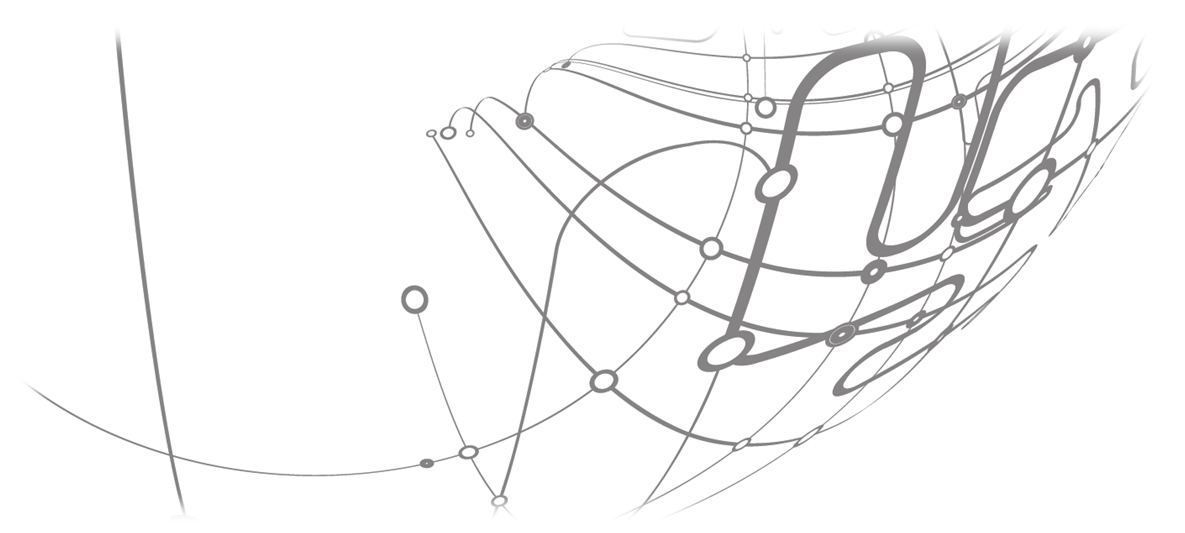
Blog: Working together to move mountains at the OpenStack Summit
In the first of a series of blog posts focusing on CERN openlab’s participation in global community events, research fellow Marek Denis reports on last year’s OpenStack Summit in Tokyo, Japan. Denis is working on the cloud federation project, which is building on the identity federation functionality developed with Rackspace and the OpenStack community as part of CERN openlab’s fourth phase to enable easy deployment of applications across different OpenStack clouds.
CERN was selected as the winner of the first ever OpenStack Superuser Award back in 2014, recognising the contributions made by CERN back to the wider OpenStack community. Members of the CERN openlab team are set to participate in next month’s OpenStack Summit in Austin, Texas.
Working as a CERN openlab research fellow means that I work extensively on technologies and software not only with engineers from CERN, but also from collaborating companies. Working on OpenStack upstream usually entails working in a geographically distributed team. The OpenStack identity service (known as ‘Keystone’) is developed by team of engineers who live in Australia, China, Russia, Switzerland, UK, Canada, USA, etc. This means our contact is almost exclusively virtual and spread across different time zones (we hang out on #openstackkeystone on Freenode, an internet relay chat network). In other words, we don’t get to see each other face-to-face too often.
Fortunately, all people involved in OpenStack (both engineers working on OpenStack and operators running clouds) have the chance to gather every six months for an OpenStack summit. This is the time where OpenStack mailing lists and IRC channels get quiet and empty, as most of us are gathering in one place to see what’s new in the OpenStack world, listen to our colleagues sharing their experiences, take part in design sessions, and (last but not least) collect a few t-shirts with the OpenStack logo on it.
Summits typically last four or five days, with two major thematic streams: one for operators and companies using OpenStack and one for software engineers working on the OpenStack codebase. As I mainly write code, this second stream is where I spend the majority of my time whenever I am at the summit. During design sessions we sit together at one table and focus on the most important aspects and plans for the next OpenStack release. Topics range from discussions about what can be done to make code more robust and stable, through to how we can make operators’ lives easier. These sessions are also a great opportunity for pitching ideas for new features. Things run much more smoothly when everybody is in one room focusing on one single topic.
Each OpenStack summit is also an opportunity for me to finally work directly with people I only know as nicknames on my communicator. I can chat with people who may have helped me in the past to overcome an issue, or whom I perhaps managed to help by sharing my own experiences or ideas. No matter how much we all like technology and computers, it’s always better to chat face-to-face.
Another nice aspect of the OpenStack summits is that after demanding and tiring sessions we usually head for parties where we can relax and discuss less official topics over a beverage. ‘This less formal setting is key to strengthening and establishing the new connections that underpin our collaborative work on OpenStack.’
Find out more about the upcoming OpenStack Summit in Austin, Texas, here.










